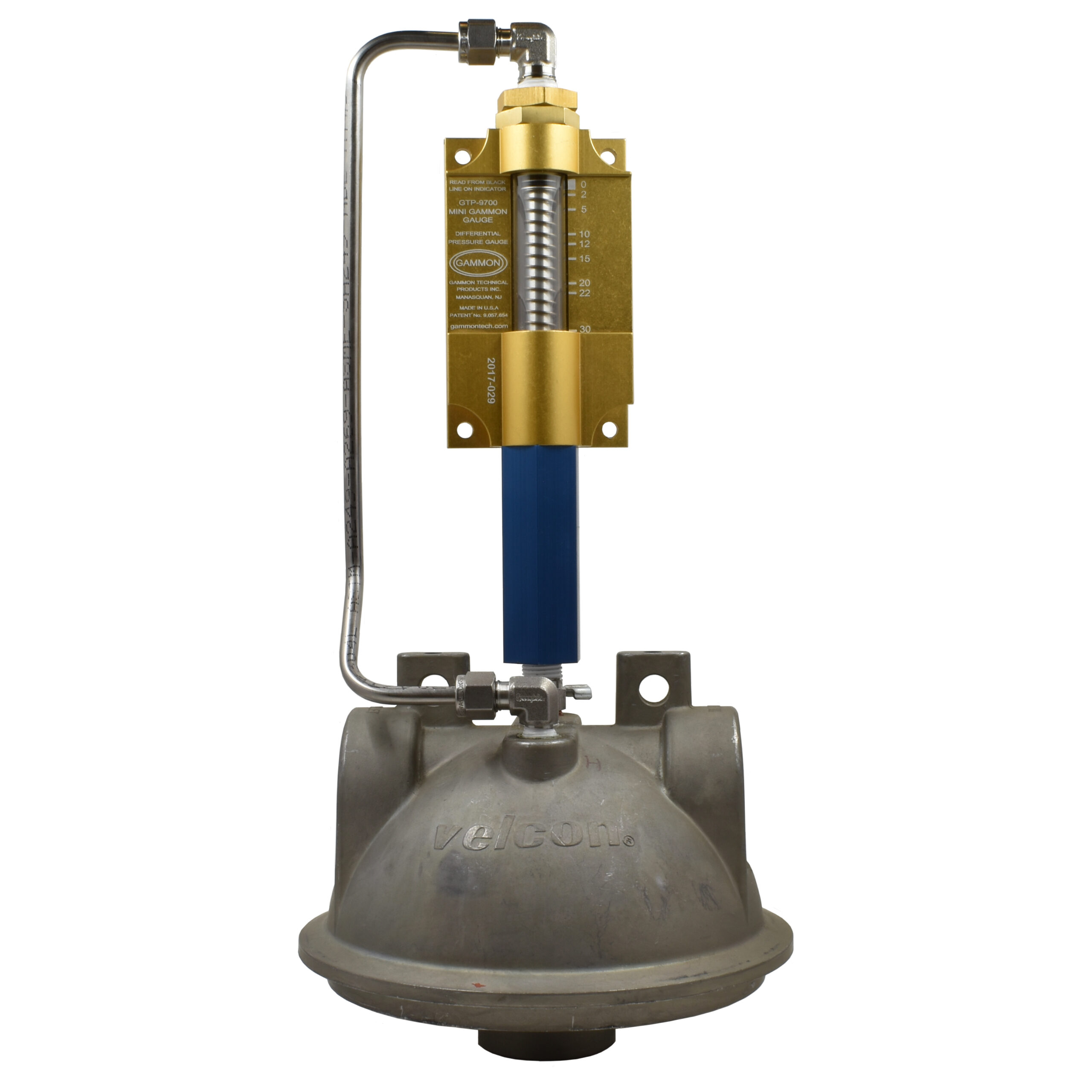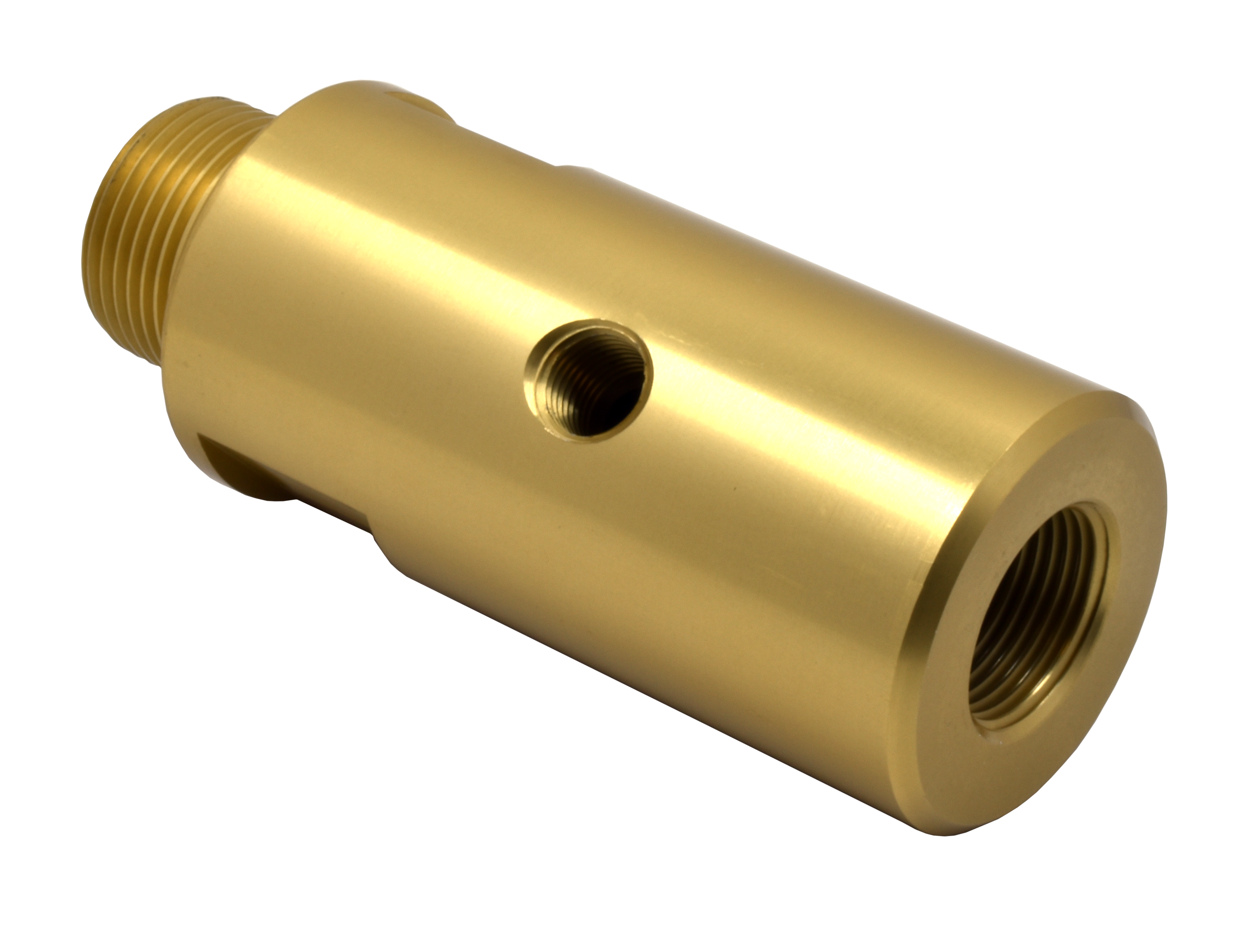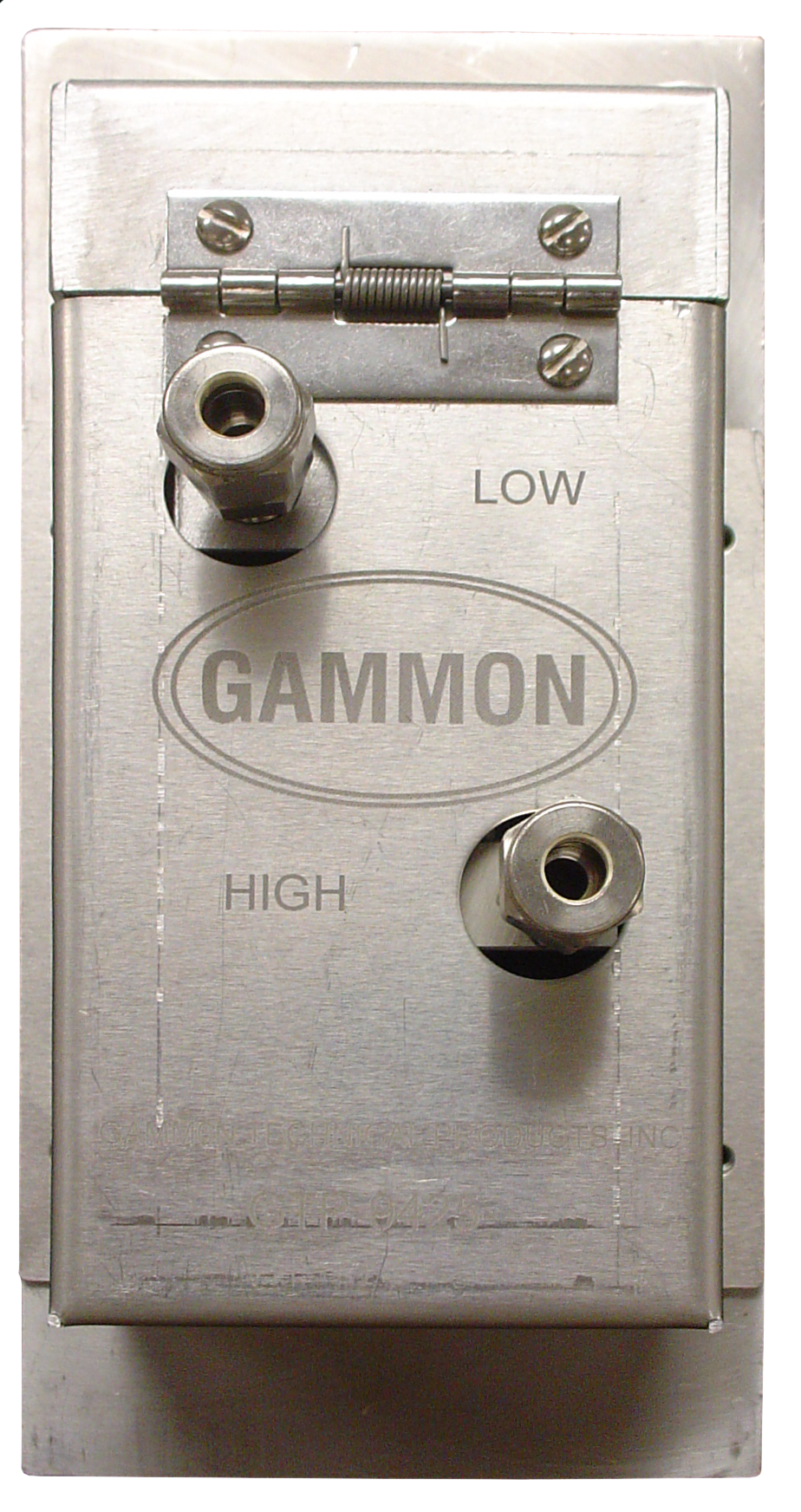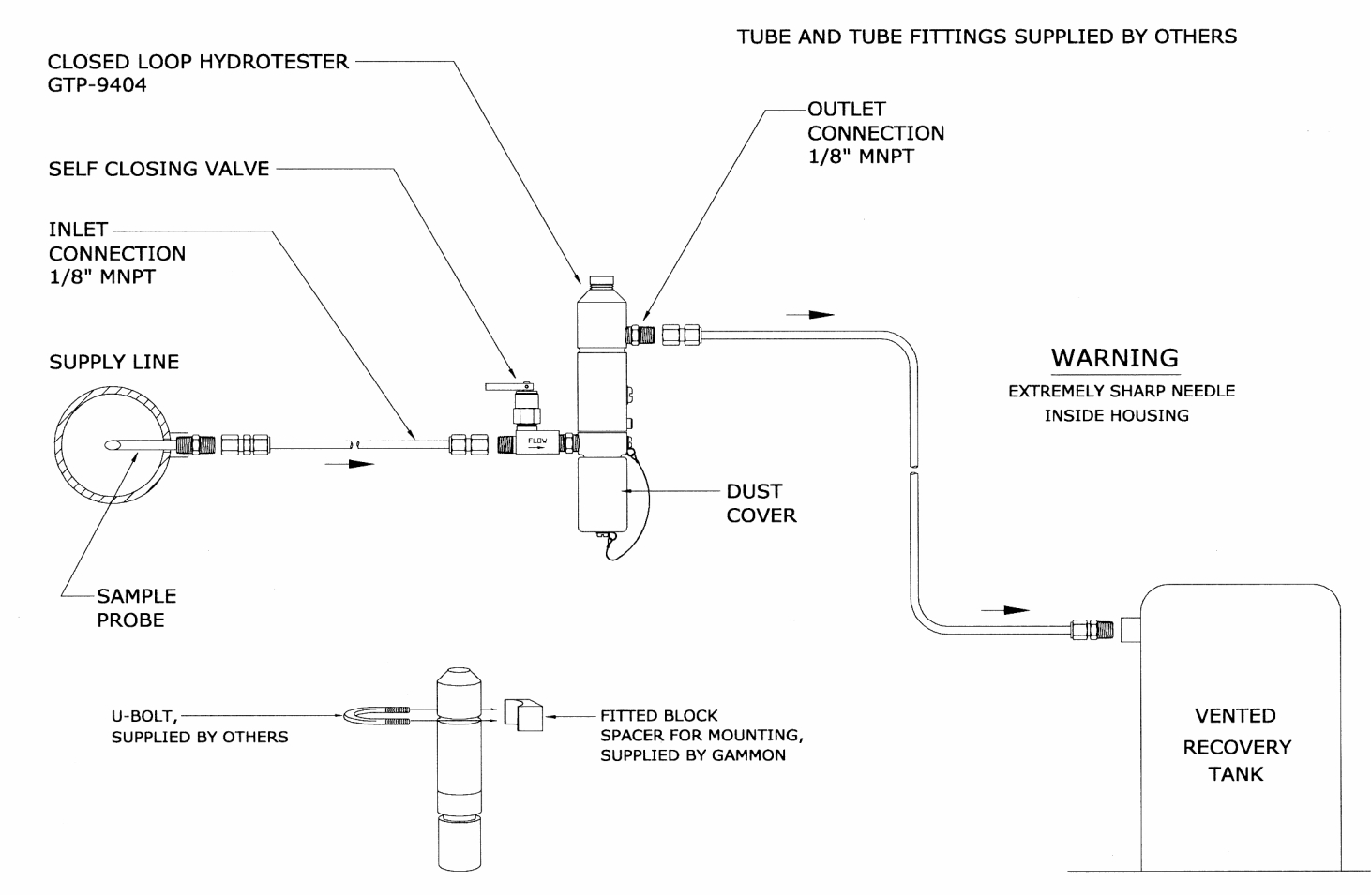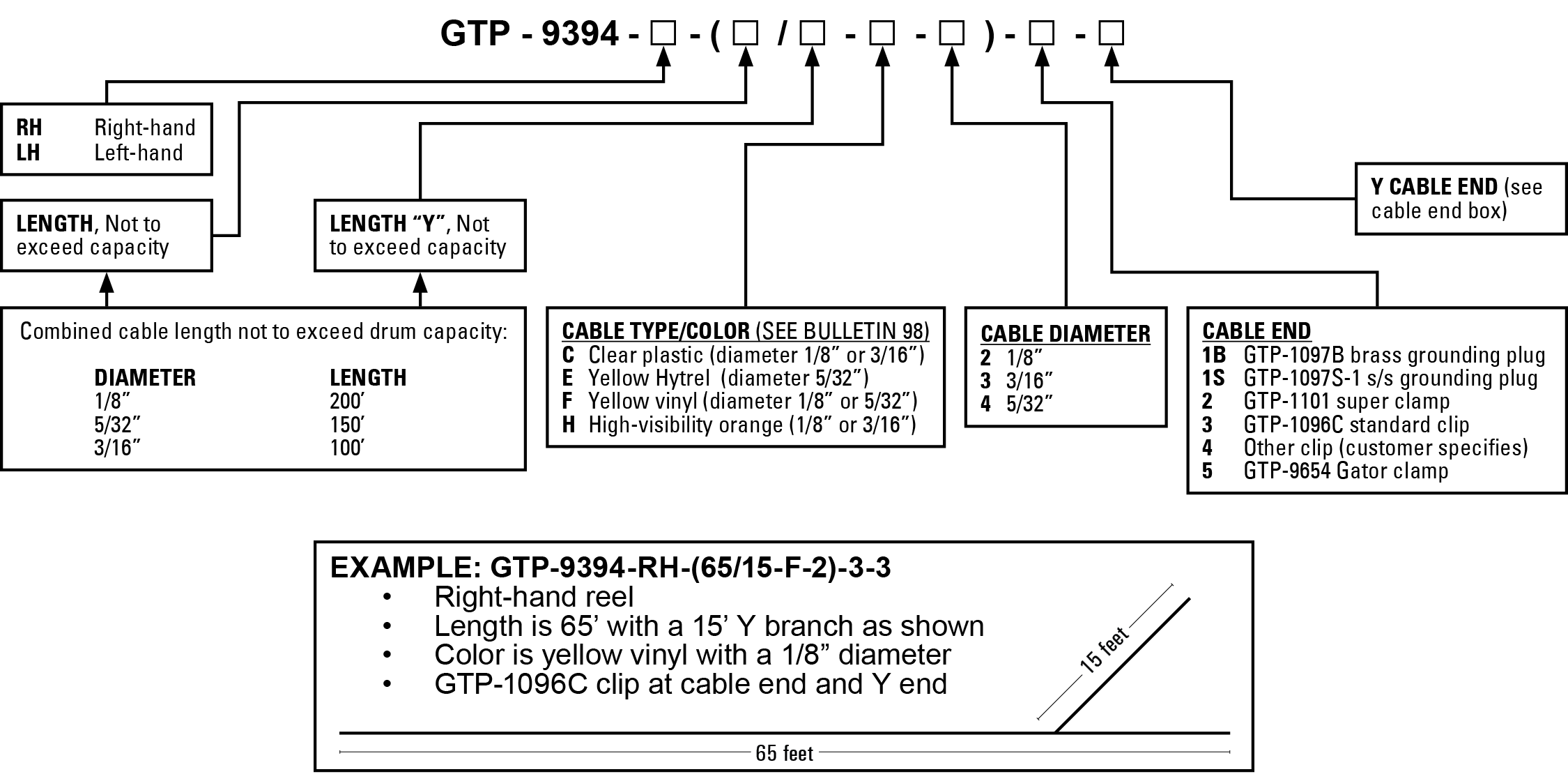GamGram 2: The Sump, Part 1
When I was a small boy in Los Angeles, the garbage truck used to come by our house about twice a week. The odor was beyond description but I noticed that the garbage man always looked at what came out of each pail when he dumped it on the heap. One day I asked what he was looking for. “Sonny”, he said, “that’s my fun. You sure learn a lot about folks by what comes out in the garbage can.”
As a filter-type guy, I can attest that his philosophy was right. We collect the garbage in filters and in sumps and we quickly learn more about your fuel and your fuel handling practices than you know yourself.
What can be learned by looking at a filter sump is such a large subject that we fully expect that many GAMGRAMS will deal with this one subject. In this issue we will talk only about large particles of dirt in filter separator sumps. In another issue, we will deal with the phenomenon of dirty water and very fine dirt in sumps.
How does dirt get into a filter separator sump? Think about that.
As you know, all modern coalescers (the first stage elements) in a filter separator are designed to flow from the inside to the outside. The sump is supposed to collect the water that comes off of the outside of the coalescer. And the coalescer is also the filter. Right? So how does dirt get in the sump? You say the coalescer failed? Wrong – except on rare occasions.
One cold winter night I was called out of a warm bed by a customer who told me that “Those d— elements you sold me last month are passing big hunks of scale and dirt. It’s coming out of the sump drain.” He insisted that the pressure drop had not been high.
I drove 300 miles through a snow storm and met a whole group of officials the next day, each one with an accusing glint in his eye. They showed me the evidence lying in the bottoms of several white buckets. It looked terrible! Most of it was pin-head sized, like coffee grounds; some was quite large.
The group decided that new elements would be installed — my competitor’s elements, even though the filter membrane color rating was good. The elements arrived on a plane from Tulsa that evening, and we all gathered around the filter with flashlights to watch the mechanics remove my elements, which I was to send to the factory for testing.
The fuel was drained down only far enough so the cover could be opened and we all climbed up on the valves, pipes and on ladders to see what we could see. The fuel was crystal clear and the elements appeared to be absolutely perfect. The sump was covered with dirt.
To my horror, they then began to unscrew the elements without first draining all of the fuel. “That’s the answer! You can’t do that”, I pleaded. At that point, out came the first element and I triumphantly told them to look at the fuel with my flashlight shining into it. The entire vessel had turned into a mess with dirt particles of all types clearly visible and floating about in the beam of the flashlight.
It took only a few seconds for the group to realize that dirt particles that had been caught inside the coalescer had washed out through the element center tube as it was lifted up through the fuel from the vessel.
This episode took place many years ago and I have told the story so many times that I can hardly believe that the whole world doesn’t know it. But a month never seems to go by without our finding someone removing elements without draining the tank first.
When a filter separator is drained through the sump valve, the fuel that is inside the coalescer must go through the coalescer. There is no sudden rush of flow down through the element. These two factors work together to keep the garbage in the element — where nobody will see it. Doesn’t that make sense?
RANDOM THOUGHTS:
- Most horizontal filter separators are free of this type of problem. You must drain them first!
- If you find large dirt particles in a sump, it is almost certain that either a coalescer has burst, was incorrectly installed or that the sump was not cleaned properly after the last element change.
- MODERN COALESCERS WILL NOT PASS A DISCRETE DIRT PARTICLE IN THE FUEL THAT IS LARGE ENOUGH FOR THE HUMAN EYE TO IDENTIFY. This is why you run filter membrane tests. The membrane is rated at 0.8 micrometers and will easily stop the dirt particles that you are unable to see. However, when the membrane is covered with these fine particles, you are able to observe a darkening of the membrane. The darker it becomes, the greater the contamination. ASTM Method D2276 explains how to use the color method for rating membranes. We strongly support this technique.




